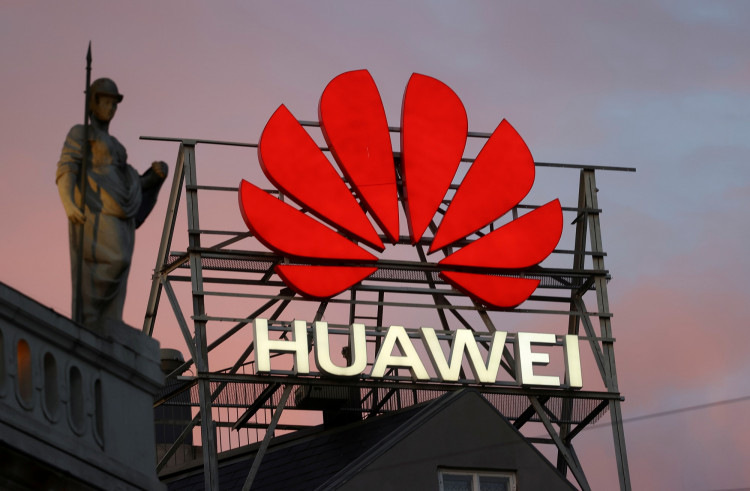In a significant announcement at the 2023 MWC Shanghai 5G Advanced Forum, Yang Chaobin, a board member and President of ICT Product & Solution at Huawei, revealed the company's plans to launch a complete set of 5.5G network equipment for commercial use in 2024. The declaration marks the ICT industry's upcoming transition into the 5.5G era.
Following four years of rapid development, 5G technology has achieved substantial results. Globally, there are over 260 commercial 5G networks, serving more than 1.2 billion 5G users, including 115 million F5G gigabit users. As the technology advances, new forms of business and content, including breakthroughs such as naked-eye 3D technology, are continuously evolving, creating a demand for higher capacity 5G networks. The transition to 5.5G is generally seen as a necessary step in the evolution of 5G networks.
Huawei's vision for the 5.5G era involves comprehensive upgrades and evolution to 5.5G, F5.5G, and Net5.5G through end-to-end solutions. On one hand, 5.5G can protect the investments carriers have made in 5G. On the other hand, it is expected to bring a tenfold increase in network performance. This upgrade will not only deliver peak capabilities of 10 gigabits for downstream and one gigabit for upstream to meet diverse business demands, but it will also introduce new technologies like passive Internet of Things (IoT) to open new spaces for trillion-scale IoT, creating a new industry vision.
Yang Chaobin stated that the technology and commercial verification for the 5.5G era are ready, and the standard rhythm is clear, indicating that the 5.5G era is on the horizon. By 2024, Huawei aims to launch a full suite of 5.5G network equipment for commercial use, preparing for the commercial deployment of 5.5G. Huawei looks forward to embarking on the new journey of the 5.5G era in cooperation with the industry.
As an advocate for end-to-end 5.5G solutions, Huawei has been actively exploring the development and verification of key 5.5G technologies in cooperation with the industry. Major advancements have been made in key wireless 5.5G technologies, including extremely large-scale antenna array technology to achieve 10-gigabit downstream and flexible spectrum access technology for one-gigabit upstream. Huawei has also completed technological verification and application pilots with more than 30 global carriers for the 50G PON, a key technology that will be widely used in homes, parks, and production fields.
In addition to wireless and optical access key technology developments, the 5.5G core network continuously enhances capabilities and opens up possibilities through intelligent native technology, enabling better service for a wide range of industries by delivering AI capabilities through the network to the connected end. Net5.5G provides key capabilities for gigabit access, ultra-wide carrying, and microsecond-level delay AI networks to create a new generation of industrial digital network foundations, supporting digital transformation.
Insiders view that while 6G is still in the early stages of forming vision requirements and key technology research, 5.5G is the certain path for the upgrade and evolution of 5G networks, a consensus that has formed in the industry and a definitive trend for industry development. The tenfold network capacity increase that the 5.5G era brings can enable various industries to release more powerful digital productivity.




